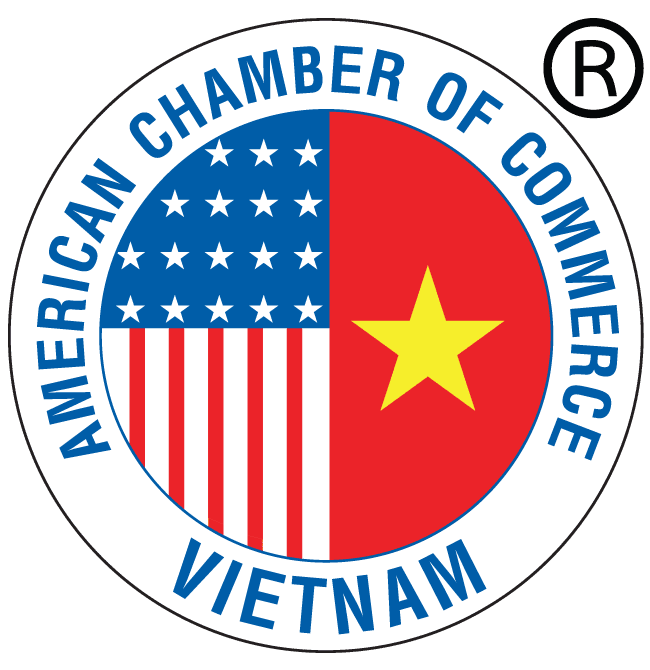Question:
I am a procurement engineer for a US based manufacturing company.
We are performing research on the manufacturing climate of many countries in Asia.
For the finished assembled good, would you be able to tell me what percent of the components have to be made in Vietnam for the finished good to be able to have Vietnam as the Country of Origin?
Answer:
This is a complicated issue, and there is no simple answer to your question. The short answer for “U.S. GSP Country of Origin” determination is “35% of the appraised value of the article at the time of entry into the United States” (see details quoted below from the USTR GSP Guidebook, page 14. And the country of origin determination is made by U.S. Customs and Border Protection (CBP) in response to your request for an Advance Ruling.
However, as of Mar 13, 2019, Vietnam is not yet a “Beneficiary Developing Country” of the U.S. GSP.
Below is additional background information …
WTO web site – Rules of origin gateway …
https://www.wto.org/english/tratop_e/roi_e/roi_e.htm#introduction
Non-preferential rules of origin
WTO members are required to notify their non-preferential rules of origin (or the absence of these rules) to the WTO Secretariat.
Select a member from the dropdown list to see if they have submitted notifications about their non-preferential rules of origin. …select United States …
Work in the WTO Committee on Rules of Origin
Since the adoption of the Agreement on Rules of Origin, the work of the Committee has focused primarily on the harmonization of non-preferential rules of origin. More recently, WTO members have also initiated some work on preferential rules of origin and, in particular, on the rules of origin used under trade preferences for least-developed countries (LDCs).
WCO Rules of Origin Handbook
The increasing growth in the number of preferential trade agreements with their manifold rules of origin is a source of concern for WCO Members and private operators. … As part of the WCO Origin Action Plan, the WCO has developed a database of free trade agreements and a comparative study on preferential rules of origin.
https://www.google.com/search?client=safari&rls=en&q=wco+rules+of+origin&ie=UTF-8&oe=UTF-8
U.S. GSP Rules of Origin from USTR GSP Guidebook, page 14
https://ustr.gov/sites/default/files/GSP%20Guidebook%20October%202015%20Final.pdf, page 14
- Rules‐of‐Origin Requirements
What are the rules‐of‐origin requirements?
For an imported article to be GSP‐eligible, it must be the growth, product, or manufacture of a BDC , and the sum of the cost or value of materials produced in the BDC plus the direct costs of processing must equal at least 35 percent of the appraised value of the article at the time of entry into the United States. CBP is charged with determining whether an article meets the GSP rules of origin.
There is also the “ASEAN cumulative rule” since Vietnam is a member of ASEAN. The value of materials produced in ASEAN BDCs is included in the 35%.
“Inputs from member countries of GSP‐eligible regional associations will be treated as single‐country inputs for purposes of determining origin “ page 15
Requirements for CBP Ruling Requests
https://www.cbp.gov/trade/rulings/eruling-requirements
Country of Origin
Country of origin rulings determine the country of origin of your goods, which in turn determines the applicability of special duty rates and other trade programs . The origin of your goods depends on where the various production steps took place. The following detailed information will be helpful:
- Countries where each of the source materials were made or harvested.
- Countries where each of the various production steps took place.
Trade Program or Agreement (e.g. GSP)
Trade program or agreement rulings determine whether free trade agreements such as NAFTA (North American Free Trade Agreement), or special trade programs such as AGOA (African Growth and Opportunity Act), apply to your goods. In addition to the detailed production information described for Country of Origin rulings, these rulings may also require information on costs incurred in each of the production countries.
The above is general background information. You will most likely need more specific information from the U.S. CBP.

Leave a Reply
Want to join the discussion?Feel free to contribute!